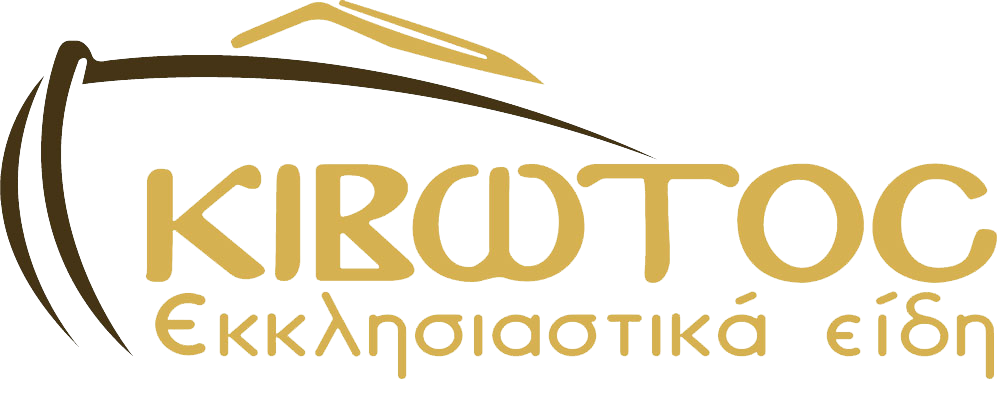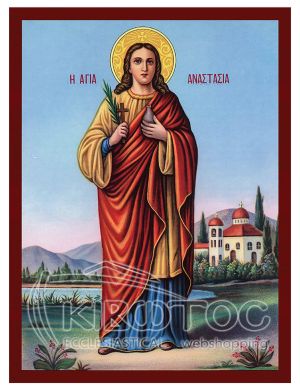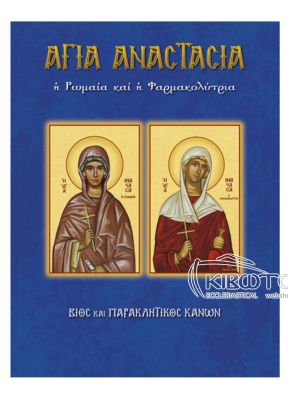Orthodox Icon Saint Anastasia
The Orthodox Icon of Saint Anastasia is lovingly crafted in natural poplar wood. Its technique is lithography, while the wood is carved with a wavy outline that gives a modern touch to the icon.
Its embossed representation makes it a unique piece which requires high craftsmanship to be made. Its special design manages to combine traditional and modern elements, making it the most loved icon design in the customers preferences!
It is manufactured in Greece by experienced craftsmen and is produced in 4 dimensions in order to cover every need. Finally, it is worth noting that it has been specially treated and varnished to have maximum resistance to time and damage.
━━━━━━━━━▼━━━━━━━━━
Saint Anastasia of Sirmium
She was born and raised in Rome in the late 3rd AD. century. Her father's name was Praetextatos and he was a Roman patrician while her mother's name was Fausta. Anastasia was distinguished for her physical beauty, her education, her impeccable morals and her wisdom. She married at a young age Poplion, ruler of the Romans and a fanatical pagan. Anastasia, however, was indoctrinated in the word of Christ and received Divine Baptism. Because she did not show publicly, because of her husband, her Christian faith secretly helped those who needed a helping hand or a word of comfort. He dressed scantily and went to prisons taking food and money.
When Poplion learned of the action of the saint, he was enraged. At first he tried to persuade her with advice. But Anastasia remained steadfast in her faith even when he abused her. This persistence of hers led Poplion to hand her over to the emperor Diocletian, who ordered her imprisonment. Because she continued to praise the Lord, Diocletian ordered her torture.
Finally, Saint Anastasia surrendered her spirit to the pyre in 290 AD.
Saint Anastasia bears the nickname Farmacolytria for two reasons:
a) He gives medicines and cures physical and mental diseases: he had power from above to dissolve and destroy the evil effects of medicines and poisons.
b) Dissolves the pharmacies, i.e. magic. Among the many other healings and cures he performs, he received divine grace to rescue those who fell into the nets of sorcerers and witches.
Orthodox Church celebrates her memory on December 22
©The texts were edited exclusively for the website www.ekivotos.com and are legally protected. Any reproduction of them for commercial purposes is considered unfair competition and is criminally prosecuted.
Orthodox Icon Saint Anastasia































Validate your login
Sign In
Create New Account